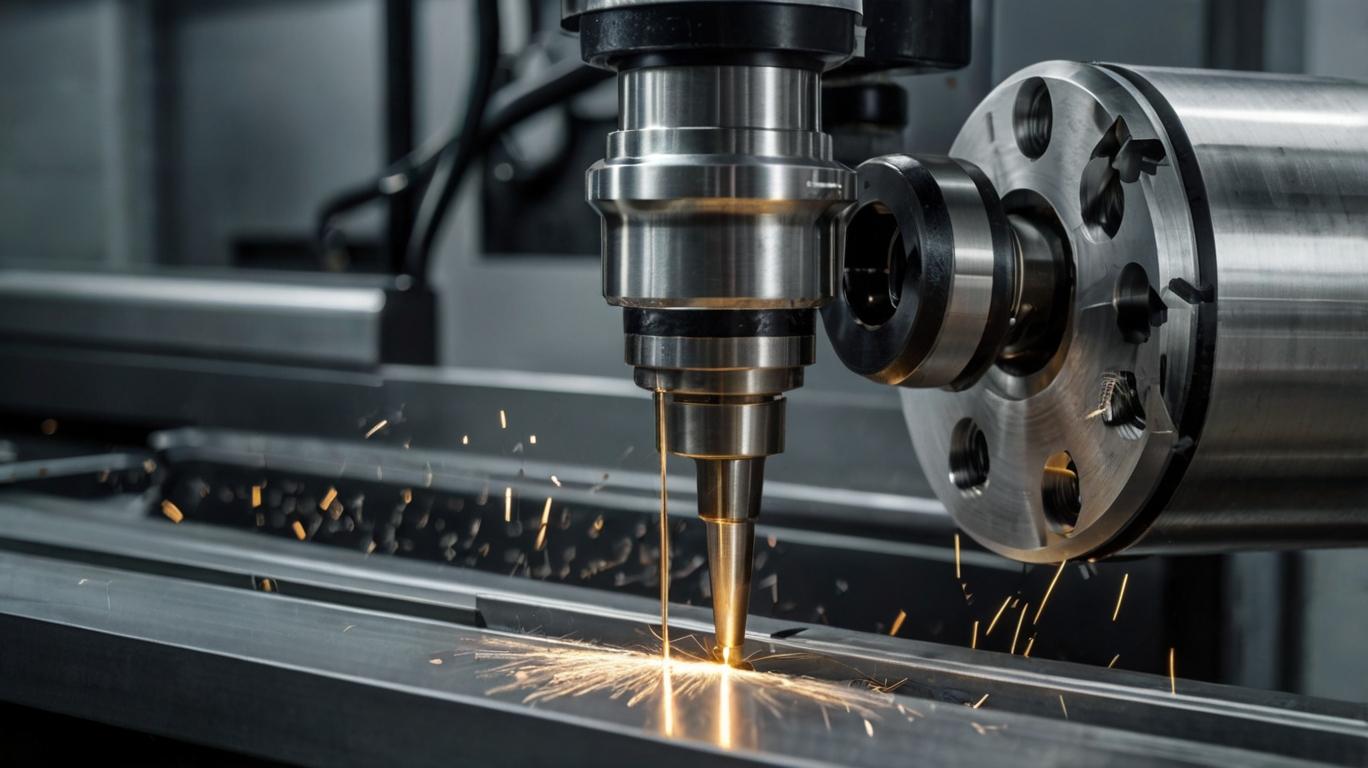Hardening of Aluminum Castings

Hardening of aluminum castings is a critical process aimed at improving the mechanical properties, particularly strength and durability, of the material. Aluminum alloys in casting form often have good fluidity and can be easily shaped into complex geometries, but they may lack the necessary strength and hardness for certain applications, especially in high-stress environments. Heat treatment processes are employed to enhance these properties by altering the microstructure of the alloy.
1. Heat Treatment Processes for Hardening Aluminum Castings
The heat treatment of aluminum castings typically involves a sequence of steps: solution heat treatment, quenching, and aging. These processes are designed to dissolve alloying elements, lock them into a solid solution, and then allow them to precipitate out during aging, thereby strengthening the material.
1.1 Solution Heat Treatment (Homogenization)
Solution heat treatment is the first stage in the hardening process. This involves heating the aluminum casting to a temperature where the alloying elements (such as copper, magnesium, or silicon) become fully dissolved into a solid solution. The casting is then held at this temperature for a specified time to ensure complete dissolution of these elements.
- Purpose: The primary goal of solution heat treatment is to prepare the aluminum for the subsequent steps, allowing alloying elements to be distributed evenly within the aluminum matrix.
- Typical Temperature Range: This is generally carried out at temperatures between 450°C and 550°C (840°F to 1020°F), depending on the specific alloy.
1.2 Quenching
After the solution heat treatment, the aluminum casting is rapidly cooled or "quenched" in water or oil. The quenching process locks the alloying elements in solution and prevents them from precipitating prematurely.
- Purpose: Quenching traps the dissolved alloying elements in a supersaturated solid solution, creating a high-strength but relatively soft state in the material. This state is unstable and requires the final step (aging) to achieve full hardening.
- Considerations: Quenching must be done quickly to prevent the formation of undesirable phases, but it can sometimes lead to distortion or cracking if not carefully controlled.
1.3 Aging (Natural or Artificial)
The final step in the hardening process is aging, where the aluminum casting is held at a specific temperature for an extended period. During aging, the supersaturated solution begins to precipitate out fine particles of the alloying elements, which strengthens the aluminum by impeding dislocation movement.
- Natural Aging: This occurs at room temperature over a long period (typically several days or weeks). The strength of the aluminum gradually increases as the precipitates form, but this process is slow.
- Artificial Aging: In artificial aging, the aluminum is heated to a moderate temperature (typically between 150°C and 200°C, or 300°F to 390°F) for a shorter period. This accelerates the precipitation process, providing the desired hardness and strength in a more controlled and time-efficient manner.
2. Alloy-Specific Considerations
Different aluminum alloys respond differently to hardening processes, and the choice of heat treatment depends on the alloy composition:
- 7xxx Series Alloys (Al-Zn-Mg): These alloys benefit from solution heat treatment and artificial aging, as they develop significant strength through the precipitation of the zinc and magnesium phases.
- 2xxx Series Alloys (Al-Cu): Copper-based alloys also undergo solution heat treatment and aging, but they may require careful control of temperature and time to prevent excessive softening or cracking.
- 3xx.x Series Alloys (Al-Si): Silicon-based alloys are less responsive to heat treatment and do not benefit from aging. These alloys are generally used in casting applications where strength is less critical.
3. Post-Treatment Considerations
After the hardening process, aluminum castings may undergo additional post-treatment processes, including:
- Stress Relief: To reduce residual stresses induced during casting or machining.
- Surface Treatment: Anodizing or painting may be applied to enhance corrosion resistance and appearance.
- Machining: Precision machining may be performed to achieve the final dimensions and surface finish.
4. Challenges in Hardening Aluminum Castings
While heat treatment is effective in improving the properties of aluminum castings, there are several challenges associated with the process:
- Distortion and Cracking: The thermal cycling during heat treatment (especially quenching) can lead to dimensional changes or cracks, particularly in thick or complex castings.
- Alloy Variability: The exact response of aluminum castings to hardening depends on alloy composition and casting method. Some alloys may not harden effectively, limiting their applications.
- Equipment and Control: Achieving consistent results requires precise control of furnace temperatures, quenching methods, and aging times.
5. Conclusion
The hardening of aluminum castings through heat treatment is essential for improving strength and durability. By carefully selecting and controlling the solution heat treatment, quenching, and aging processes, manufacturers can significantly enhance the mechanical properties of aluminum castings, making them suitable for more demanding applications. However, it is important to manage the challenges associated with distortion, cracking, and alloy variability to ensure optimal results.
- Art
- Causes
- Crafts
- Dance
- Drinks
- Film
- Fitness
- Food
- Games
- Gardening
- Health
- Home
- Literature
- Music
- Networking
- Other
- Party
- Religion
- Shopping
- Sports
- Theater
- Wellness
- Travels

